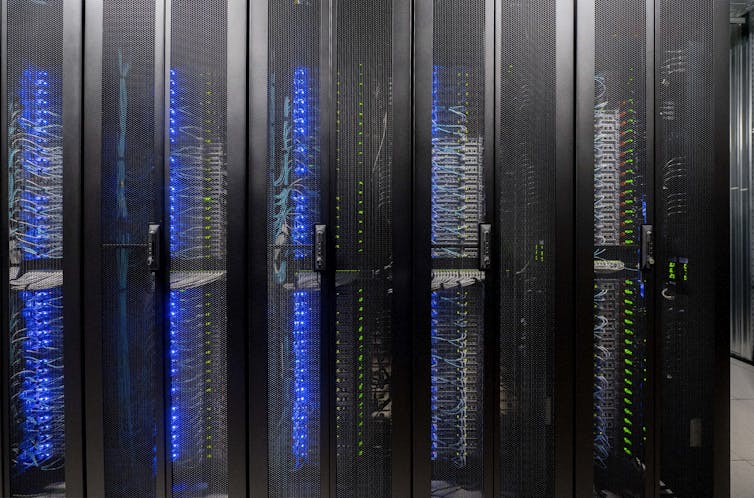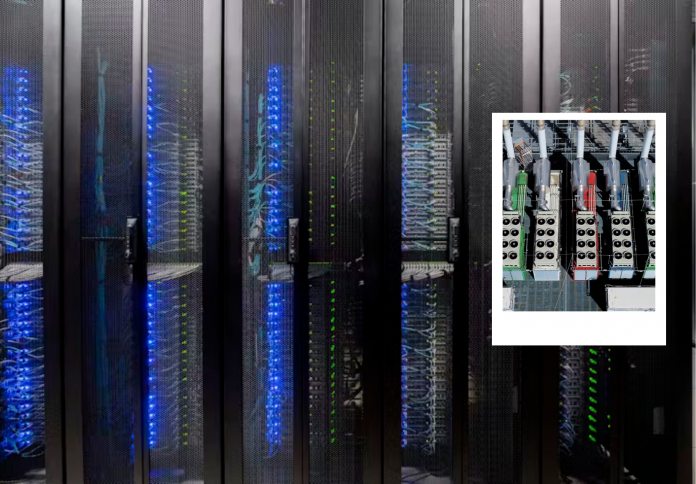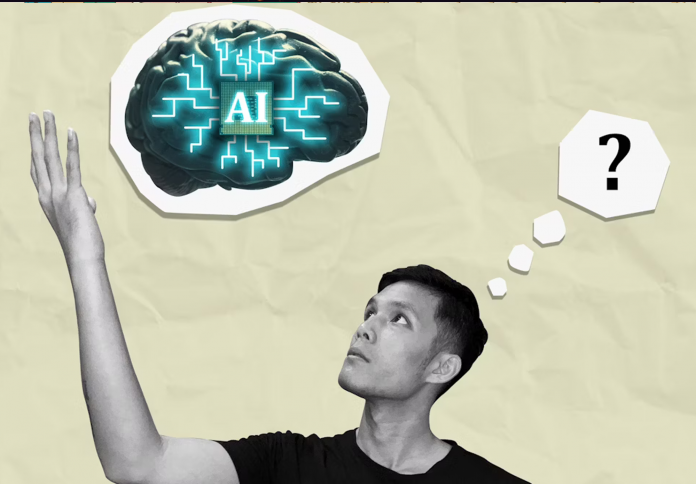In the race to build the next generation of artificial intelligence, a silent but profound crisis is taking hold. The rapid and unchecked expansion of AI is driving a “runaway” increase in energy consumption, with the power demands of vast data centers now creating a massive “digital glacier” of energy use. This voracious appetite for electricity, often sourced from fossil fuels, presents a direct and growing threat to global climate goals, and it is a looming environmental crisis that the tech industry has been largely free to ignore. As AI models become larger and more complex, their energy footprint is expanding exponentially, creating a new and unprecedented challenge for a planet that is already struggling to transition to a more sustainable energy system.
The Invisible Footprint: How AI Consumes Power
For the average person, the term “artificial intelligence” conjures images of powerful computers and futuristic algorithms. What remains largely invisible is the immense and growing energy footprint required to power these technologies. The process of training a single large language model, for instance, can consume as much electricity as a small town over the course of a year. The energy is used to power the vast data centers where these models live, with thousands of graphics processing units (GPUs) running complex calculations around the clock.

This energy consumption is not just a logistical challenge; it is a significant environmental problem. Much of this power is sourced from traditional fossil fuels, leading to a substantial increase in carbon emissions. As the AI industry continues to grow at an unprecedented pace, so too does its demand for energy, putting a massive strain on global power grids and undermining efforts to transition to a more sustainable energy system. The energy consumed by the AI industry today is a mere fraction of what it will be in the years to come if left unchecked.
The Data Center: The Engine of the AI Revolution
The data center is the physical home of AI, and it is here that the energy problem is most acute. These facilities are massive, sprawling complexes of servers, routers, and cooling systems. The computers themselves are a major source of energy consumption, but an equally significant amount of power is used to cool the equipment and prevent it from overheating. In many cases, the cooling systems can consume as much energy as the computers themselves.
While there have been significant improvements in the energy efficiency of data centers, the sheer scale of the AI revolution is outpacing these gains. The number of data centers is growing at an exponential rate, and the amount of power they consume is growing with them. This is a powerful reminder that while technology can be a force for good, it can also have unintended consequences. The data center is the engine of the AI revolution, and it is an engine that is powered by an immense and growing amount of energy.
The Challenge of Efficiency: The Need for a New Paradigm
The challenge of making AI more energy-efficient is a complex one. On the one hand, there are hardware limitations. The powerful GPUs that are needed to train and run large language models are inherently energy-intensive. On the other hand, there are software challenges. The algorithms that are used to train these models are often inefficient and require a massive amount of computational power. A new paradigm is needed, one that is focused not just on performance but on a sustainable approach to AI development.
This new paradigm would require a number of changes, from the way that AI models are designed to the way that data centers are built. It would require a new focus on energy efficiency, from the hardware level to the software level. It would require a new kind of thinking, one that is focused not just on speed and accuracy but on a sustainable and responsible approach to AI development.
The Path Forward: Regulation and Responsibility
The answer to this dilemma is not to abandon technology but to use it wisely and responsibly. The path forward will require a collaborative approach, where AI developers, policymakers, and the public work together to create a sustainable future for AI. This will require a new set of rules and guidelines that incentivize energy efficiency and a new kind of ethical thinking for the tech industry, one that recognizes its responsibility to the planet.
This could include new policies that require AI companies to disclose their energy consumption metrics, or new regulations that set efficiency standards for data centers. It could also include new incentives for companies that use renewable energy to power their data centers. This is a new era for AI, and it is our responsibility to ensure that it is one that is built on a foundation of ethical principles and a commitment to a sustainable future.










